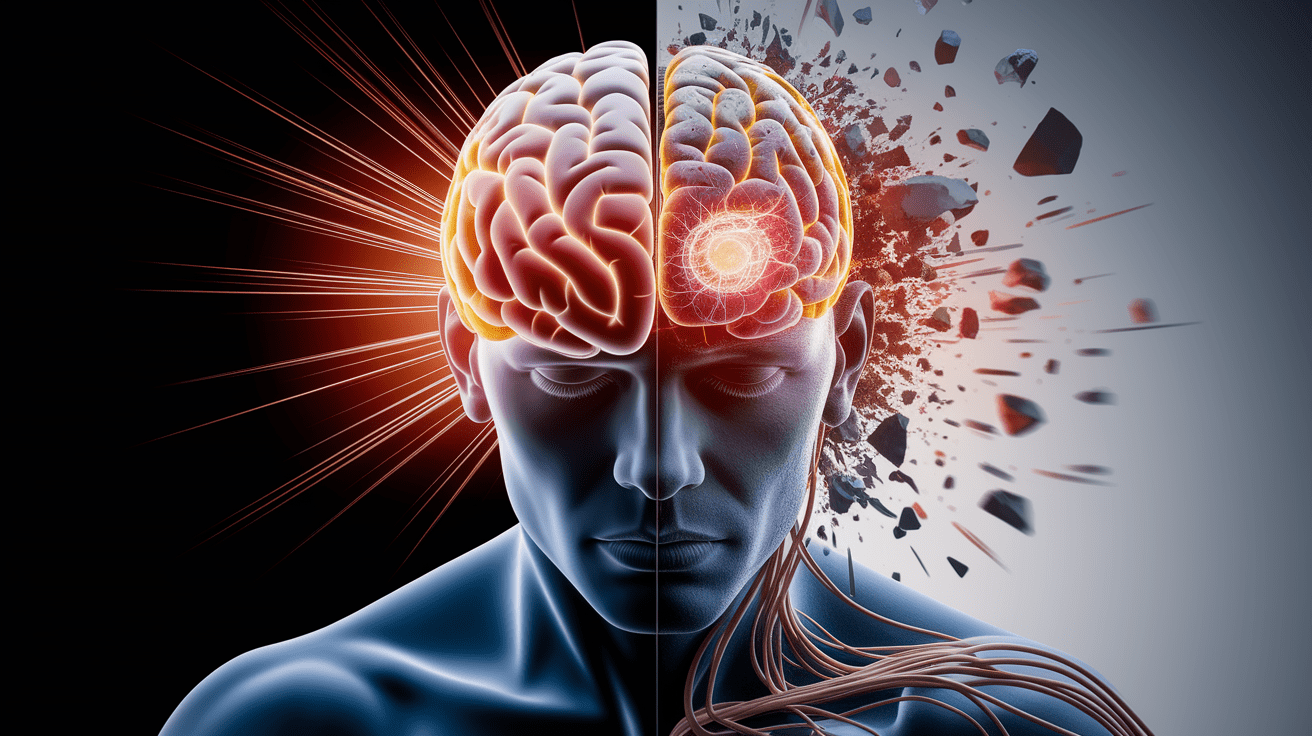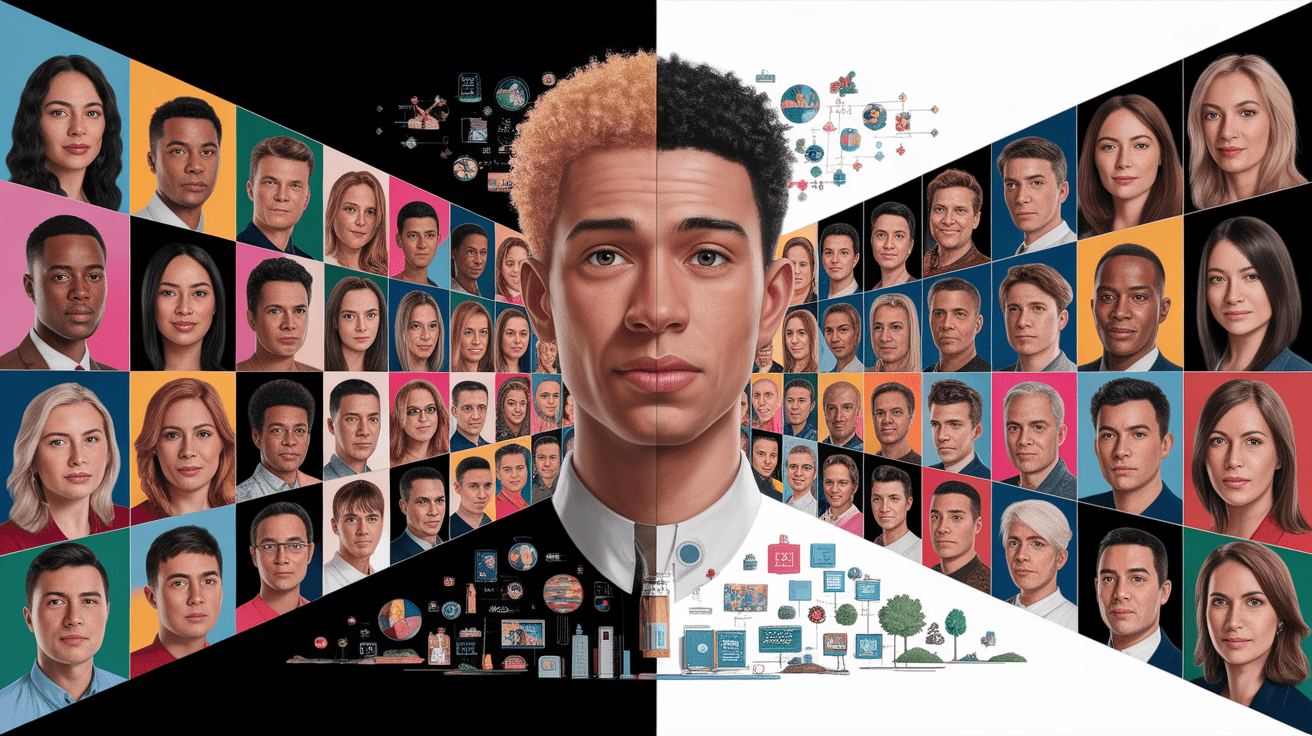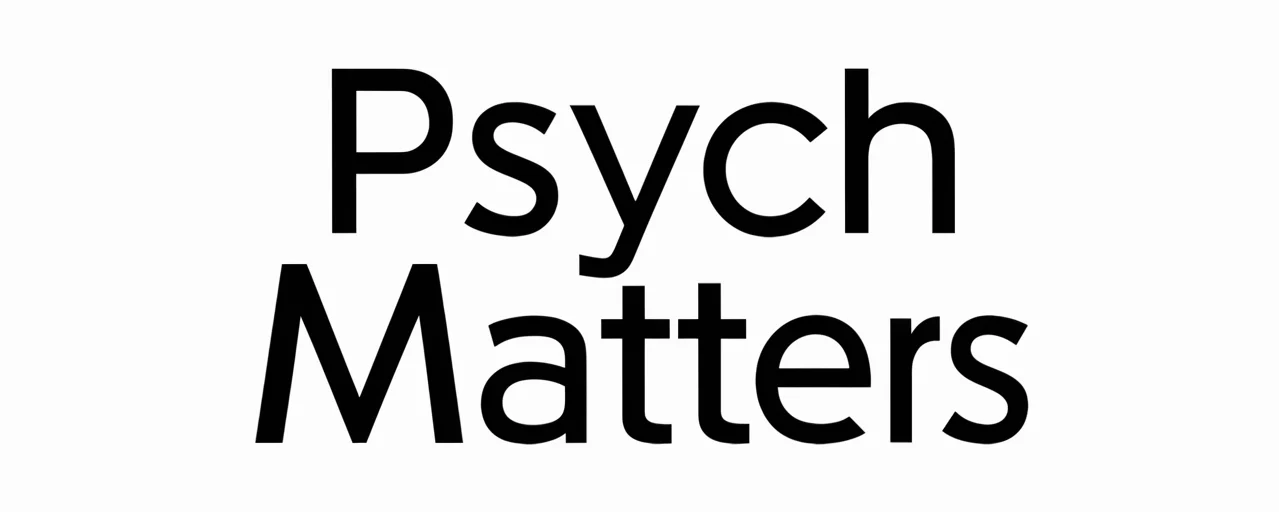Under Fire: Mastering Decisions in Acute Stress
Crackling Under Pressure – Introduction
Acute stress often arises in high-stakes, time-pressured situations where critical decisions must be made rapidly—such as emergency response, financial crises, or complex operational challenges. These events trigger biological and psychological changes that can both help and hinder decision-making. Understanding the mechanisms involved can improve decision quality and resilience under pressure.

Neurophysiological Impact of Acute Stress
When an individual experiences acute stress, the body initiates a coordinated stress response through activation of the hypothalamic-pituitary-adrenal (HPA) axis and sympathetic-adrenal-medullary (SAM) system. This cascade releases stress hormones such as cortisol and adrenaline, priming the body for a fight or flight scenario.

Studies have shown that elevated cortisol levels alter functions in the prefrontal cortex, amygdala, and anterior insula—regions essential for executive function, emotional regulation, and risk assessment. For example:
- The prefrontal cortex: Stress-induced cortisol release can impair planning, rational thinking, and cognitive flexibility.
- The amygdala: Heightened activation may lead to greater emotional reactivity, influencing biases in decision evaluation.
- The anterior insula: Sensitivity to stress affects prosocial and effort-based decisions, often reducing cooperative choices (research on prosocial decision-making under stress).
Such neurophysiological changes directly contribute to shifts in decision quality, speed, and accuracy during pressure situations.
How Stress Shapes Risk Preferences
Acute stress can significantly modify risk preferences, but the effects vary based on the context and individual differences. Evidence from controlled experiments indicates that people tend toward risk aversion in gain scenarios while exhibiting either neutral or heightened risk-taking in loss scenarios (empirical findings).

Key observations include:
- Gender differences: Females may display increased tolerance for uncertainty under stress, potentially due to divergent hormonal or neural responses (experimental evidence).
- Domain dependency: Risk behavior under stress can differ depending on whether the decision involves potential gains or losses.
- Reaction time changes: Stress often slows decision-making speed, which can affect outcomes in crisis management tasks (preliminary findings).
These shifts illustrate the complex interaction between stress hormones, neural activity, and contextual framing in shaping decisions when under pressure.
Cognitive Load and Adaptive Learning Under Stress
Beyond risk preferences, acute stress imposes a cognitive load that can impair adaptive learning. Physiological arousal combined with negative affect consumes attentional resources, making it harder to process feedback and adjust strategies effectively. This interference is particularly evident in long-term decision optimization tasks.

Research into acute social-evaluative stress indicates that increased arousal disrupts feedback processing, reduces learning from mistakes, and promotes impulsive or suboptimal choices. These processes involve rapid emotional responses moderated by the amygdala and prefrontal cortex, linking affective states directly to impaired executive function.
Such stress-related cognitive impairment reinforces the need for targeted training and protocols to preserve decision quality during crisis situations.
Individual and Contextual Moderators
The impact of acute stress on decision-making is far from uniform. Multiple moderating factors influence whether stress impairs or enhances judgment:

- Timing: The interval between stress exposure and decision-making can dictate performance outcomes, with immediate proximity often exacerbating cognitive decline.
- Biological and psychological profiles: Hormonal levels, stress resilience, and emotional regulation capacity shape responses.
- Gender variations: Evidence shows women may engage in greater financial risk-taking under certain stressors (gender differences).
- Cultural and environmental context: Cultural norms and prior experiences contribute to distinct patterns of stress adaptation and decision style.
Recognizing these moderators is critical for developing tailored stress management strategies that accommodate individual and situational variability.
Action Plan – Making Better Choices Under Stress
Organizations and individuals can improve decision-making under acute stress by implementing structured protocols and training approaches:
- Stress inoculation training: Gradual exposure to realistic pressure situations builds coping mechanisms and adaptive thinking.
- Decision frameworks: Predefined crisis-management protocols help maintain consistency when executive function is degraded.
- Cognitive training: Exercises aimed at improving working memory, attention control, and emotional regulation support higher-quality decisions.
- Physiological regulation techniques: Breathing exercises, mindfulness, and tactical pauses can mitigate the effects of cortisol spikes on mental clarity.
- Risk awareness calibration: Training that integrates recognition of domain-based risk shifts helps avoid cognitive bias under time pressure.
Adopting these strategies can reduce stress-induced decision errors, strengthen resilience, and preserve performance under high-stakes conditions.
Fireproof Finale – Conclusion
Acute stress affects decision-making through a web of neurophysiological changes, altered risk preferences, cognitive load effects, and individual/contextual moderators. By understanding these mechanisms—and by actively developing stress mitigation strategies—leaders and decision-makers can maintain mental clarity and rational thinking despite pressure situations. Building resilience to acute stress is not only possible but essential for improving decision outcomes in critical moments.







